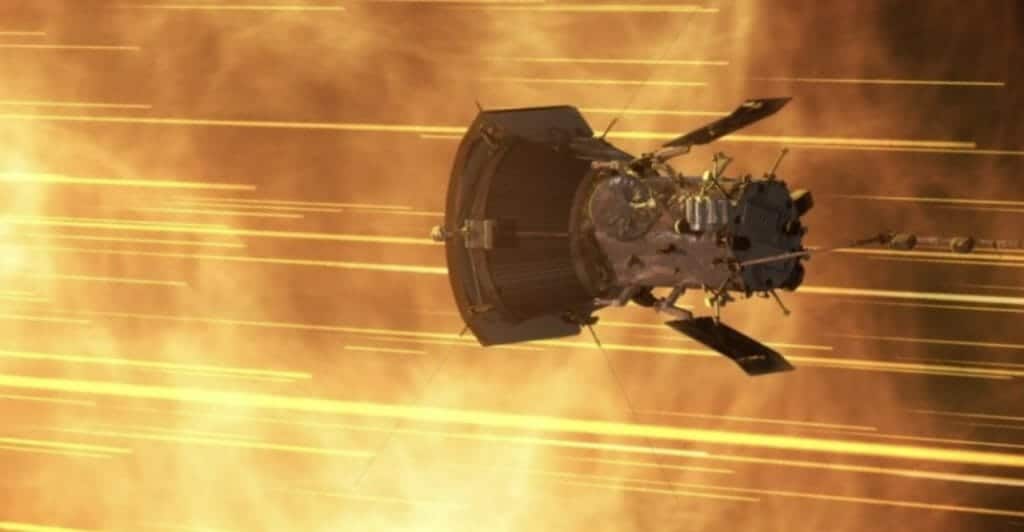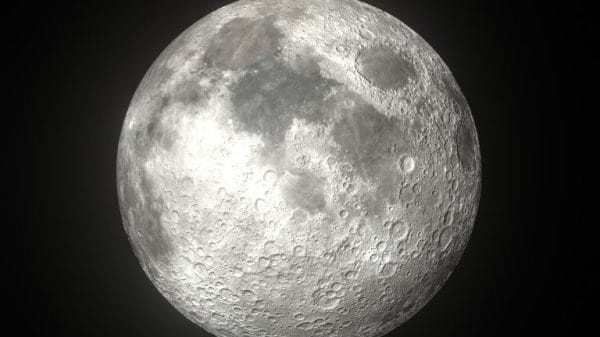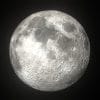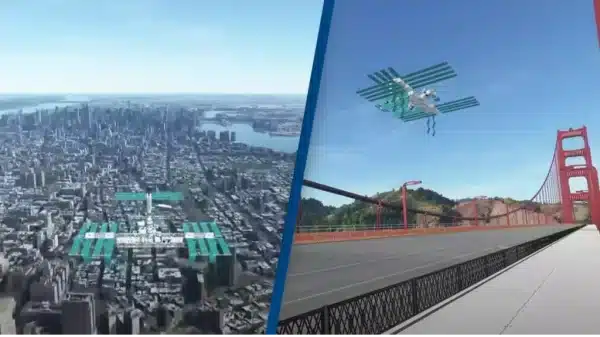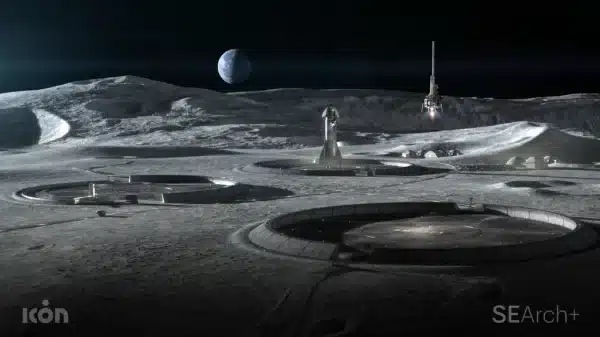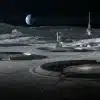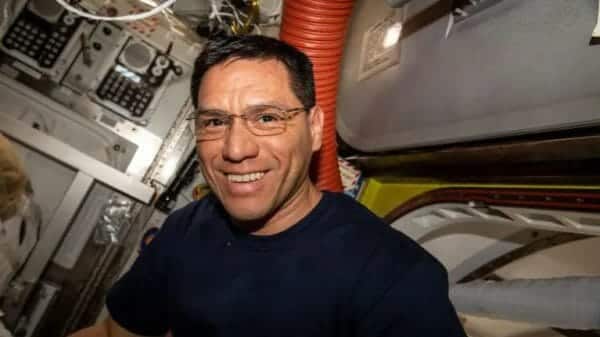NASA’s intrepid Parker Solar Probe, that fearless explorer of the cosmic furnace, had itself a heart-pounding rendezvous with destiny in September 2022, as it brushed through a tempestuous coronal mass ejection (CME) soaring forth from our Sun. And let me tell ya, folks, this wasn’t your run-of-the-mill CME. No siree, this one was a record-breaker, packing a wallop that left the scientists at NASA slack-jawed in amazement.
Hold onto your seats, because this flythrough wasn’t just about shock and awe; it was a scientific first of cosmic proportions! For the very first time, Parker turned its watchful eye towards the mystical dance between CMEs and interplanetary dust – the cosmic dandruff, if you will – that drifts through the celestial expanse. Now, that’s a front-row seat to the cosmic ballet!
The word on the space street is that this CME was a powerhouse, the kind that clears the cosmic cobwebs like a celestial vacuum cleaner. According to the good folks at NASA, it sent interplanetary dust scurrying for cover, creating a dust-free zone that stretched out about 6 million miles (that’s 9.66 million kilometers for you metric mavens) from our blazing star. Think of it like a cosmic tidying-up session, but here’s the kicker: just like your living room after a quick clean-up, the space was soon swarmed once again with more interplanetary dust.
But you know what they say – seeing is believing! Parker’s trusty Wide Field Imagery for Solar Probe (WISPR) camera gave us the front-row spectacle. What started as a serene vista of the great cosmic unknown suddenly burst into a dazzling display of brilliant light. Whisps of celestial stuff darted across the screen as the probe danced its way through the CME and its dusty companions. It was a showstopper, no doubt!
Now, let’s not forget, this ain’t the first rodeo for Parker. It’s been on quite the cosmic tour since its launch back in August 2018, swinging around the Sun like a celestial lasso. It’s made pit stops at Mercury and Venus, and in 2021, it had its first face-to-face chat with the Sun’s sizzling corona. Just this summer, it gave the solar wind a once-over. And by the way, it’s named after Eugene Parker, the astrophysicist who had the gumption to theorize the existence of solar wind.
So, what’s next on Parker’s cosmic itinerary? Well, after completing its sixth rendezvous with Venus this August, it’s got its sights set on its next solar embrace in November 2024. Until then, this plucky spacecraft will keep swooping by the Sun, soaking up wisdom and insights about our fiery celestial neighbor. It’s a journey of cosmic proportions, and we’re just getting started!


